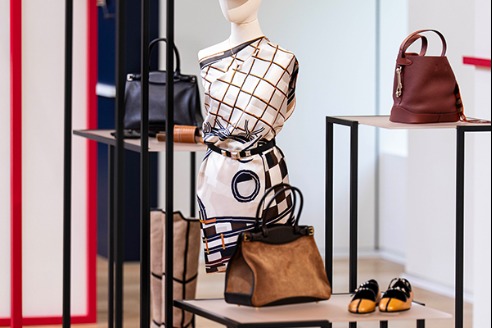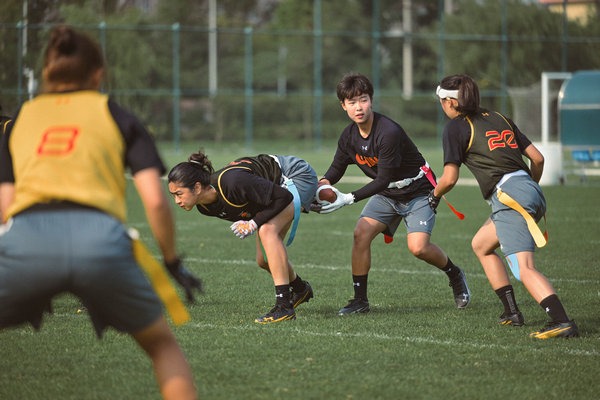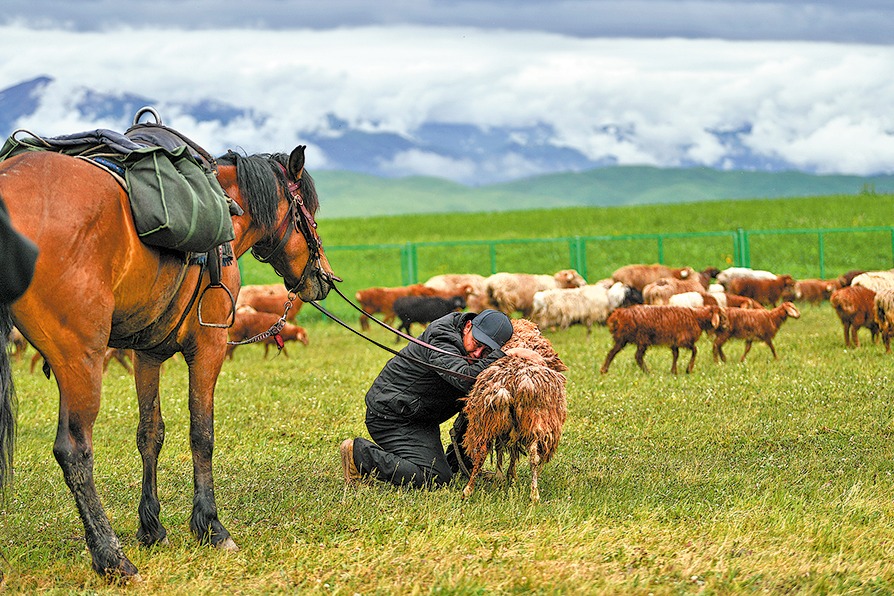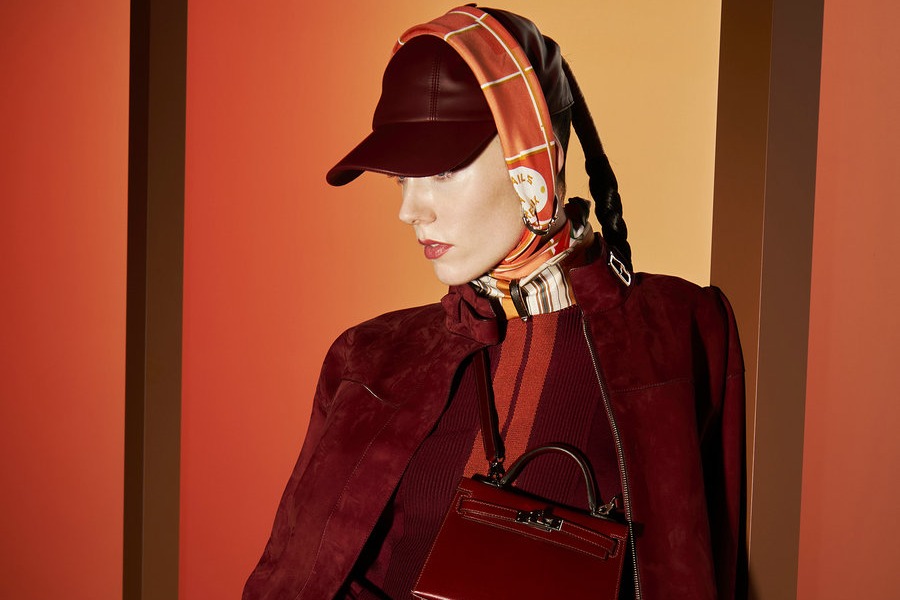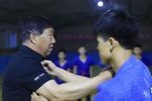Designers dress Qing history in seasonal silhouettes

A dialogue between centuries-old elegance and cutting-edge design unfolds this summer at Prince Kung's Palace Museum in Beijing, where a landmark exhibition explores how Chinese traditions continue to inspire contemporary fashion.
Titled Elegance and Style: A Dialogue Between Prince Kung's Palace and Chinese Fashion (1780-2025), the exhibition opened on July 22 and runs through Oct 19 in Jiale Hall, one of the palace's most historically significant spaces.
It marks the first major contemporary fashion and art showcase within the museum, bridging Qing Dynasty (1644-1911) heritage with the creative energy of 26 leading Chinese designers and artists.
"This isn't just an exhibition. It's a cross-temporal dialogue," says Xu Ning, senior curator and co-initiator of the project.
"We wanted to show how refined living at Prince Kung's Palace translates into today's aesthetic language. History doesn't have to be static — it can flow like fashion," he adds.
Built in 1780, Prince Kung's Palace is one of the largest and best-preserved Qing royal residences open to the public in Beijing. Known for its intricate architecture, elegant gardens and rich decorative arts, the site offers fertile ground for reimagining traditional Chinese lifestyle aesthetics.
The exhibition unfolds across the narrative arc of "Twelve Elegances", echoing the palace's four seasons and 12 lunar months. Each month is represented by a signature scene from the palace, interpreted through nearly 50 works ranging from haute couture and furniture to bamboo crafts and lighting installations.
"We wanted the structure to feel natural and poetic," Xu explains.
"Visitors move from spring to winter, experiencing the shifting mood of the palace while encountering how artists and designers respond to these temporal rhythms."
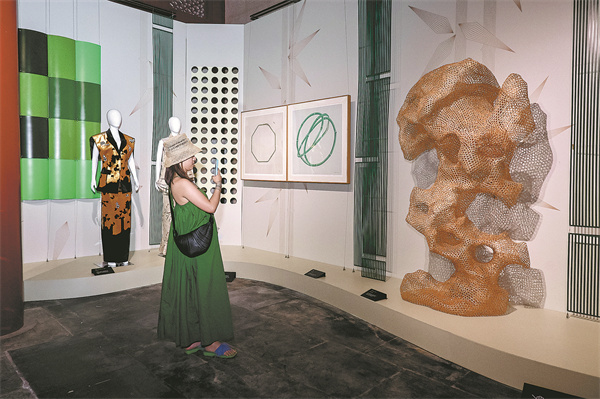
In the first section, spring bursts to life with a porcelain-inspired couture, reflecting its creator's roots in Jingdezhen (a porcelain-making hub in Jiangxi province) and highlighting shapes of classic Qing Dynasty vessels with an avant-garde sensibility. Nearby, a sofa whose flowing lines are inspired by the bamboo shadows and mist of the palace gardens invites visitors to imagine reclining in comfort, where history and modernity merge.
Summer shifts the tone to celebration, featuring a series of couture which pays tribute to Peking Opera legend Mei Lanfang (1894-1961).The garments highlight the performer's stage presence and integrate elements of daily attire, such as flowing water sleeves and cloud-shaped collars. Bamboo, a recurring motif in the palace's gardens, finds new expression in woven sculpture and geometric paintings.

















